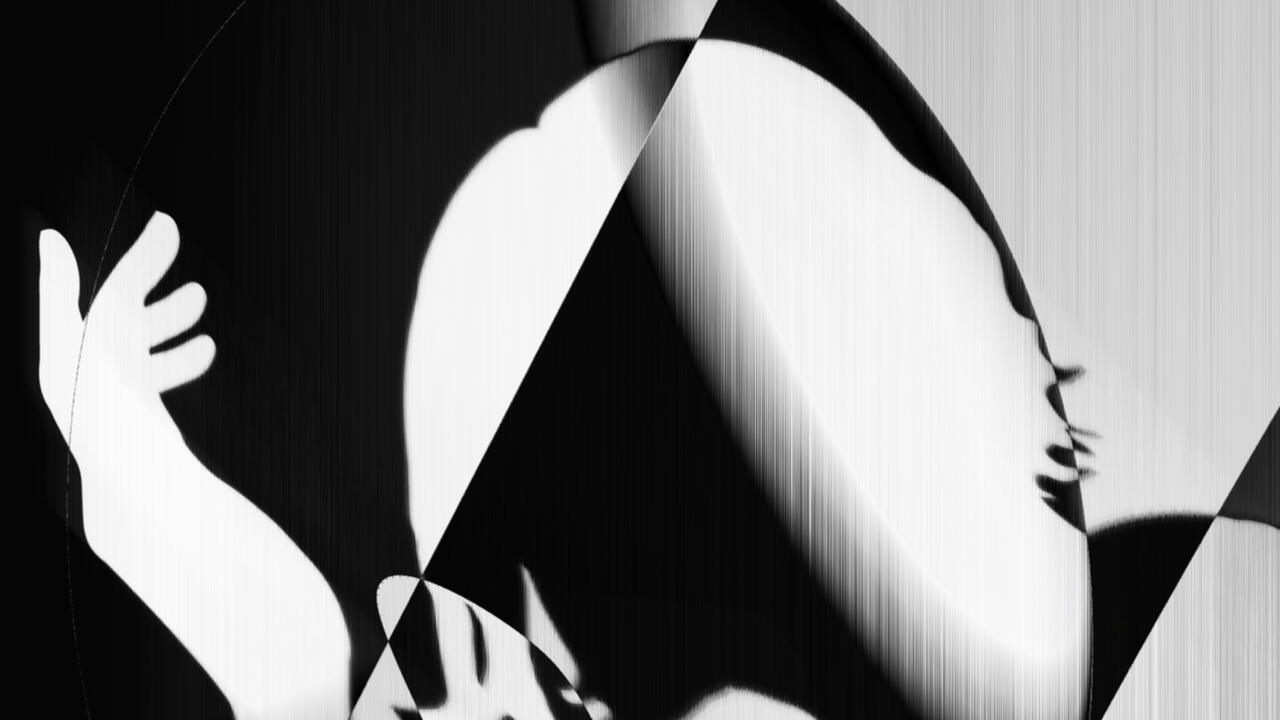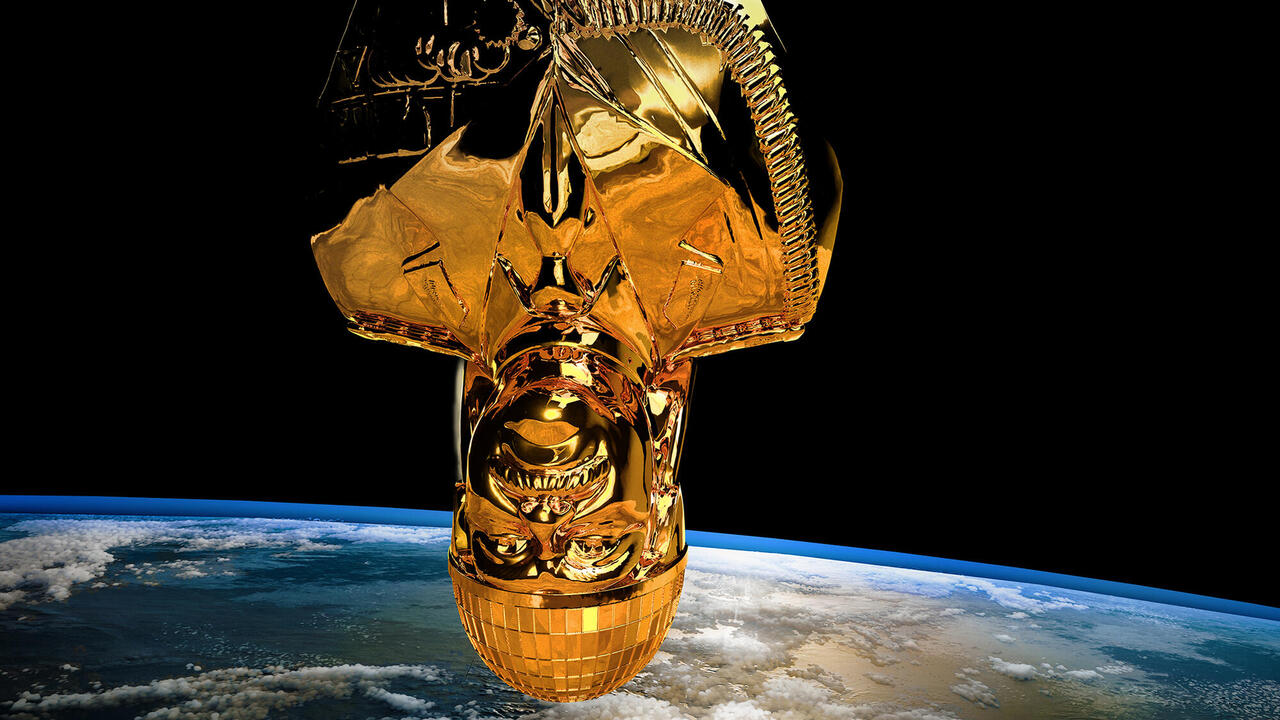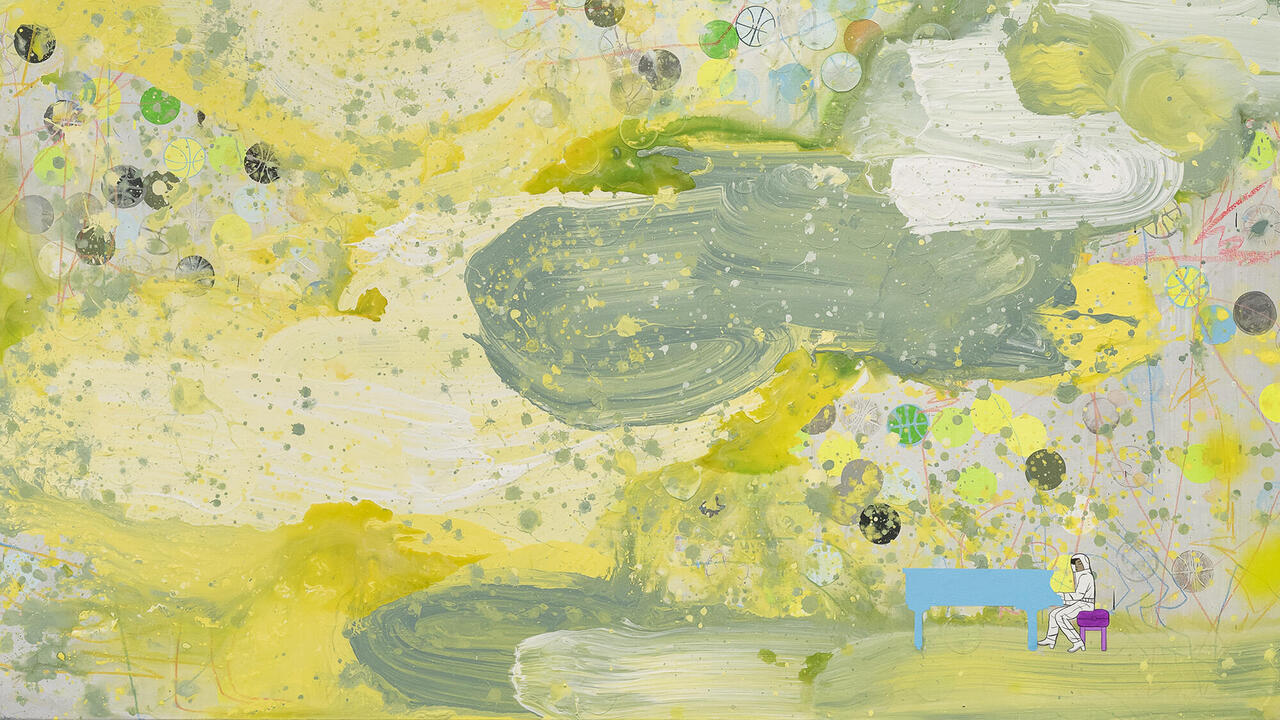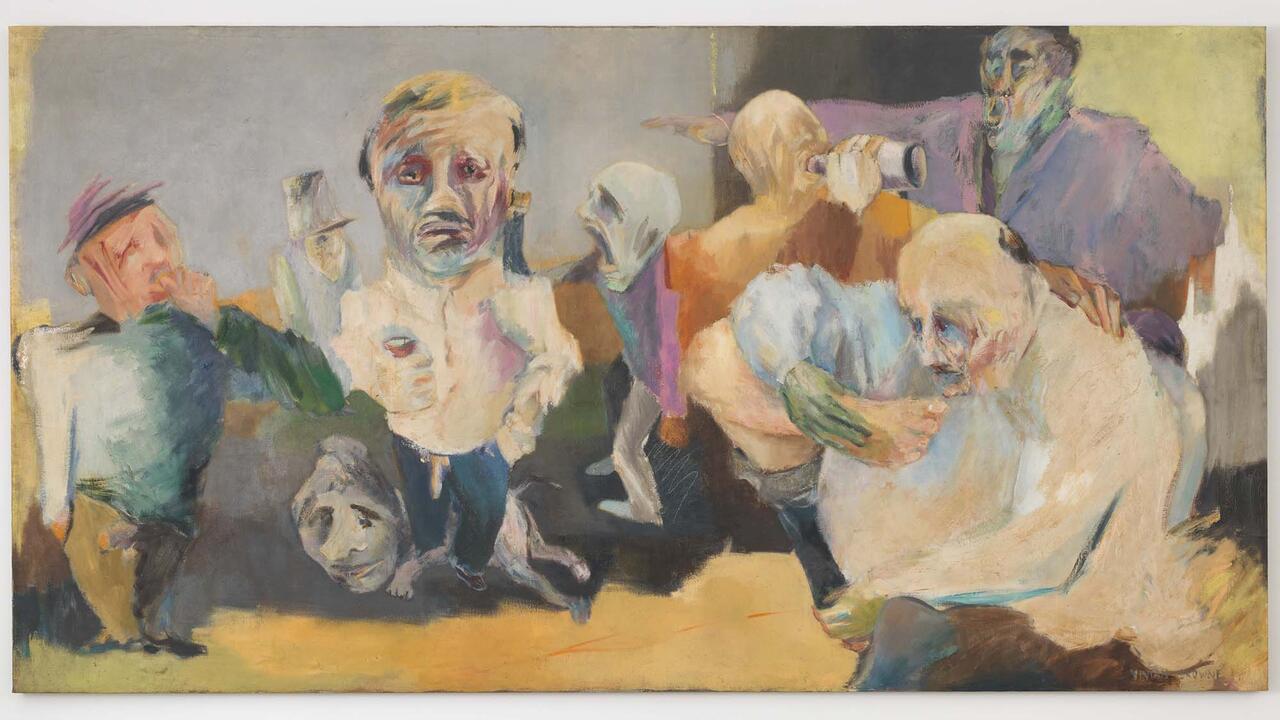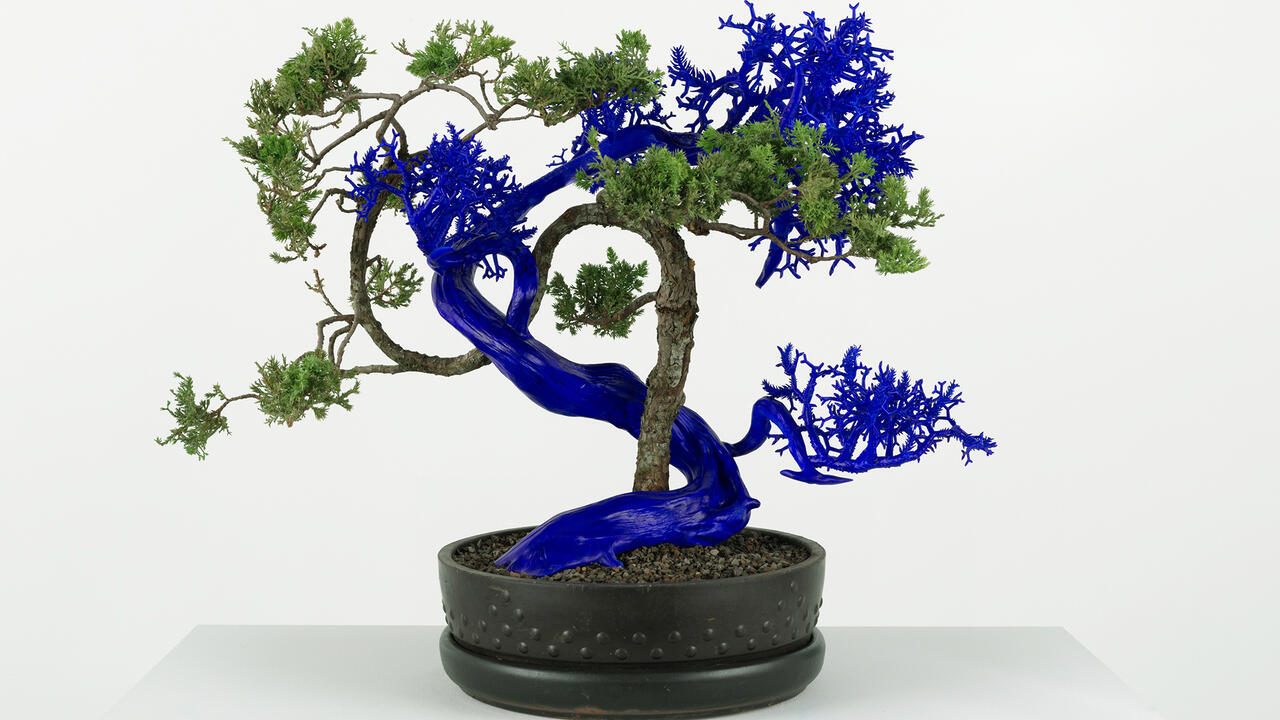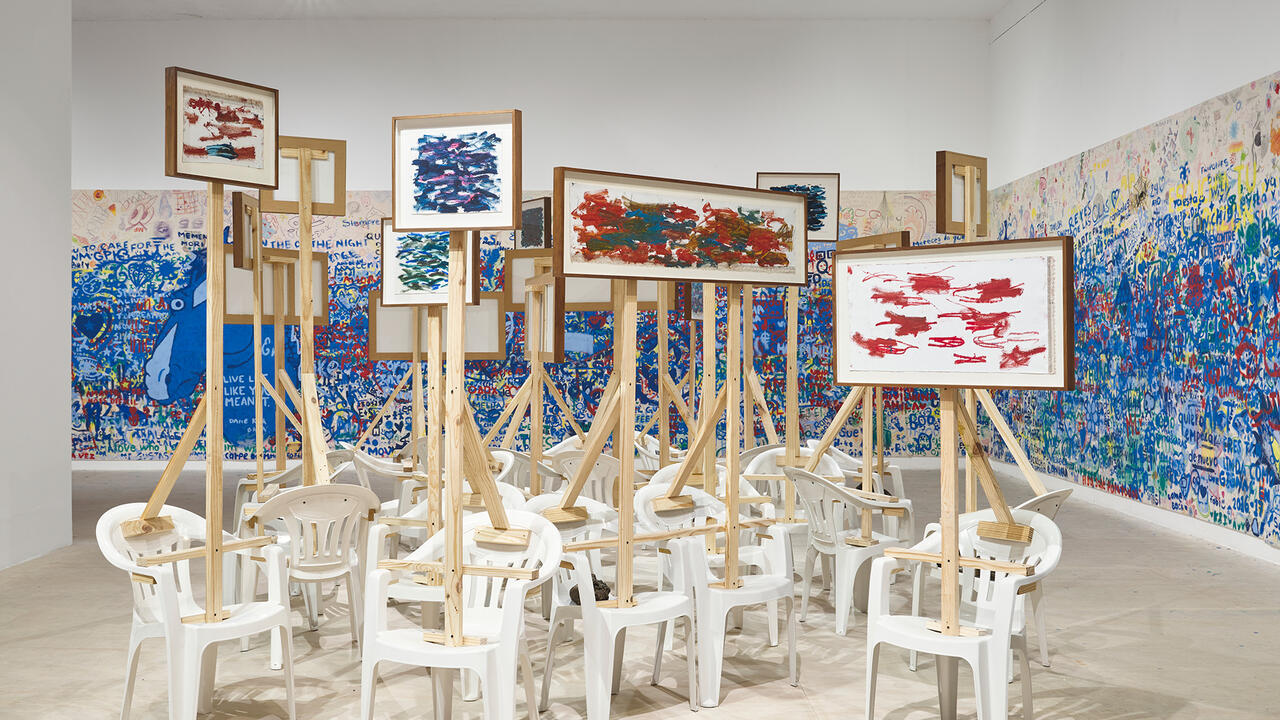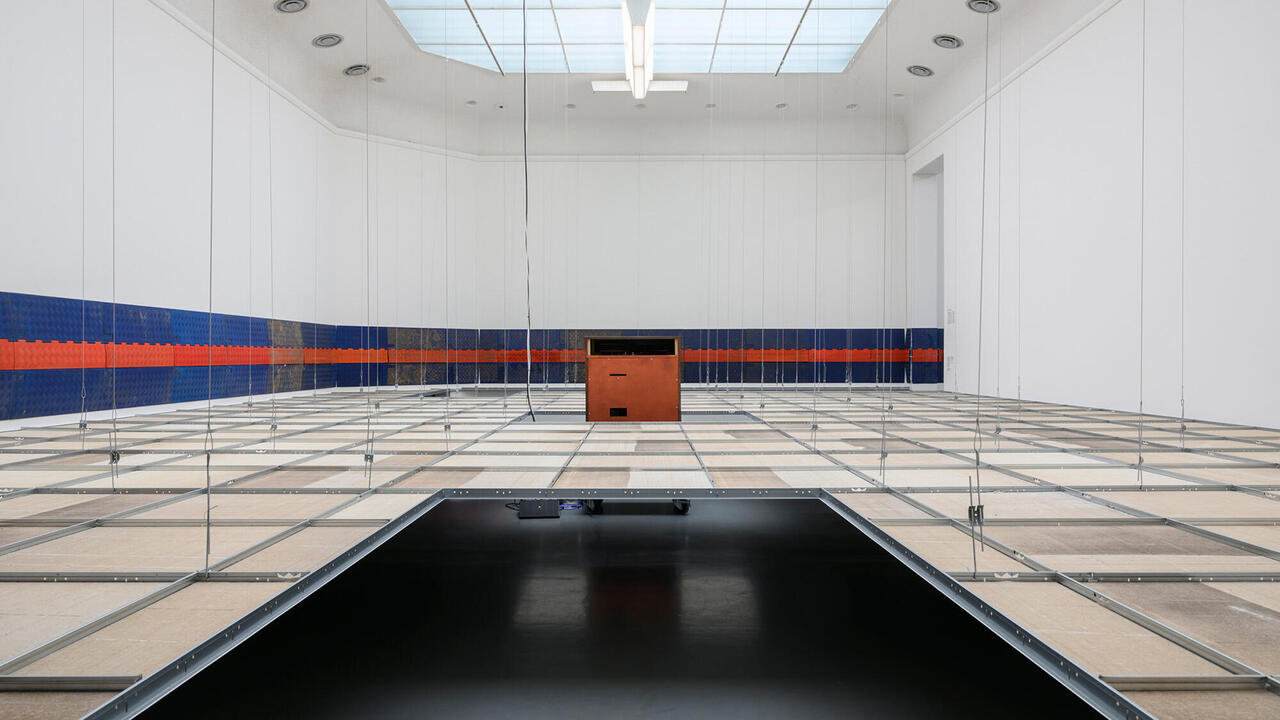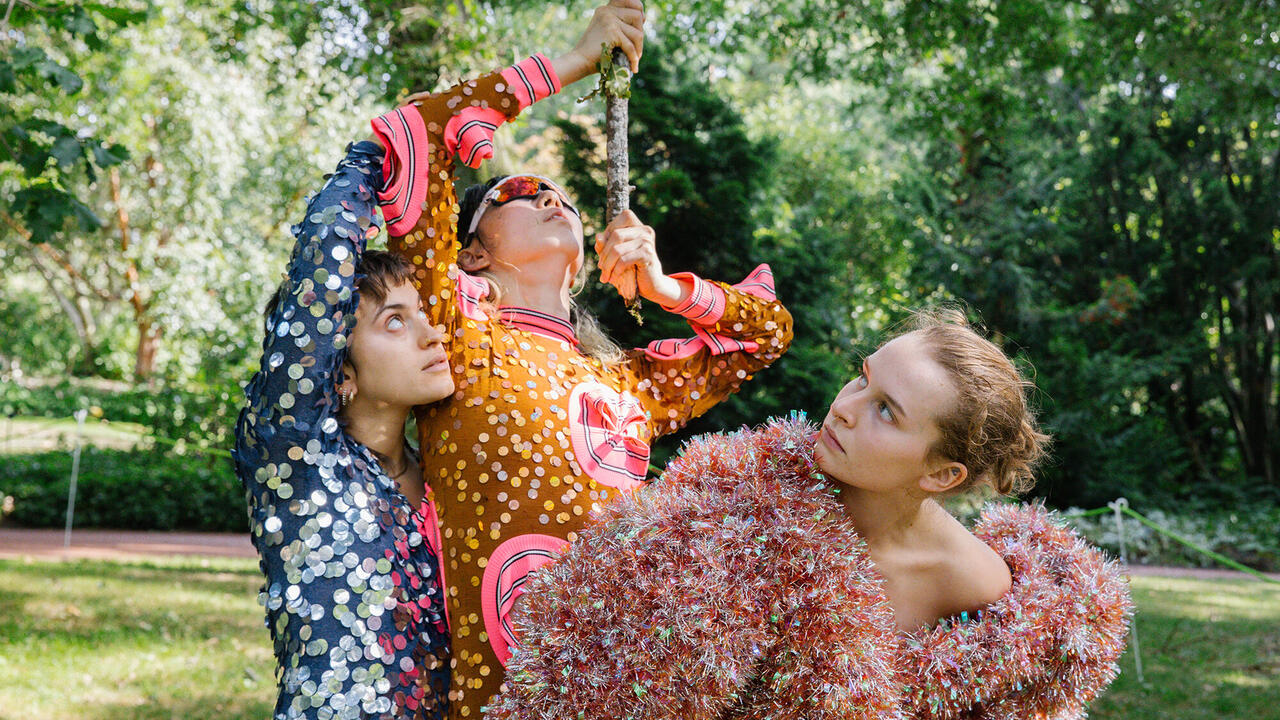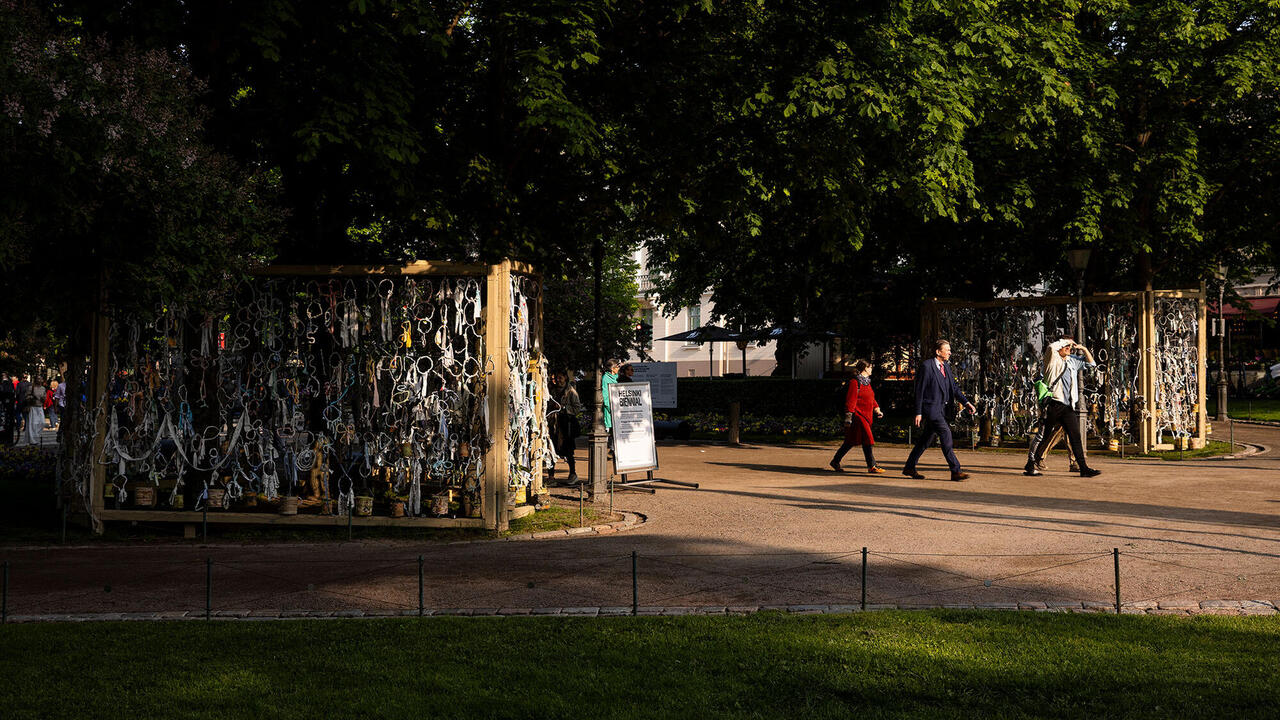Will Stovall’s Impossible Architectures
At Ulrik, New York, despatialized scenes question the nature of perception
At Ulrik, New York, despatialized scenes question the nature of perception

Walking through Berlin in November 1800, Romantic writer Heinrich von Kleist looked up at an arched gate and marvelled at how the stones floated mid-air. ‘Why, I asked myself, does this arch not collapse, since after all it has no support?’ he inquired in a letter to his artist fiancée Wilhelmine von Zenge. ‘Because all the stones tend to collapse at the same time.’ He let the letter simmer for a month and a half, sending it after adding a small diagram of the topmost bit of a masonry arch.
Archways repeat in several of the paintings by Will Stovall on display in ‘Kant Crisis’ at Ulrik. Kleist’s drawing was a focus of Stovall’s doctoral dissertation in German Literature at Yale University; the show’s title refers to the existential terror Kleist experienced upon reading the works of Enlightenment philosopher Immanuel Kant. Mere months after mailing his doodle, Kleist experienced a kind of collapse: ‘Here on earth we know nothing of the truth, absolutely nothing,’ he lamented in a letter to his sister.

So, we leave Earth behind. In the oil painting Eden and Inferno (2020), curvaceous red lines – made from little dots – flow on a white field. A rounded structure, akin to a medieval town wall punctured by many entrances, sits bottom centre. Red rises and snakes like waves, columns, portals, smoke. A few centimetres up, these marks morph into mask-like faces: oneiric characters clumped as if at a raucous bar or behind the bench at a tribunal. In the topmost striation, arch-like shapes expand, oriented in multiple directions. These forms agglutinate into geological masses of varying densities, populated by faceless, nude figures posing, running and resting. Only a few large, disembodied heads have any details resembling human facial features, though their affects are indeterminate; as the title tells us, they might be at once in paradise or aflame.

Most figures in Scapegoat Comedy (2021) smile as they dash about with AK-47s. In their shorts and tank tops, they have the appearance of Homo sapiens, barring one grinning onlooker, a quasi-humanoid character who recurs in Stovall’s work. The expression on another figure, who is splayed over a box – the titular scapegoat, perhaps – is vague and distant. Of the 11 paintings in ‘Kant Crisis’, Scapegoat Comedy comes closest to presenting a tidy, perspectival space. But its arches and doors open to more flatness, rendered in a schematized blue-and-red palette, while stairs stacked on buildings have no clear access points. Across the works on view, impractical architecture makes linear perspective almost beside the point, while compositional techniques reminiscent of medieval and early modern painting forgo it altogether; only the arches imply dimensionality. The canvas and frame of Scapegoat Comedy are a slanted parallelogram, and a depiction of a cut-off circle – set in a field of red – delimits the scene, as if we’re looking through a telescope or a gunsight. Just as an oversized fragment of a flag stretches taut across the top of the composition, partially blocking out the sky for these characters, so viewers, too, might sense they aren’t seeing the whole picture.
Confronted with enigmatic tableaux populated by oddball figures – who are hued inhuman reds, blues or greens, who contort themselves and flay their own skin, who sprout fishtails on their torsos – we appear to glimpse unfamiliar, atavistic cultures at work and play. But our perspectives are unmoored, our certainty undone. In Stovall’s defamiliarized, despatialized worlds, we must trust what we cannot know. We pass through arches that show us only the void.
Will Stovall’s ‘Kant Crisis’ is on view at Ulrik, New York, until 12 July.
Main image: Will Stovall, ‘Kant Crisis’, 2024, exhibition view. Courtesy: Ulrik; photograph: Stephen Faught











